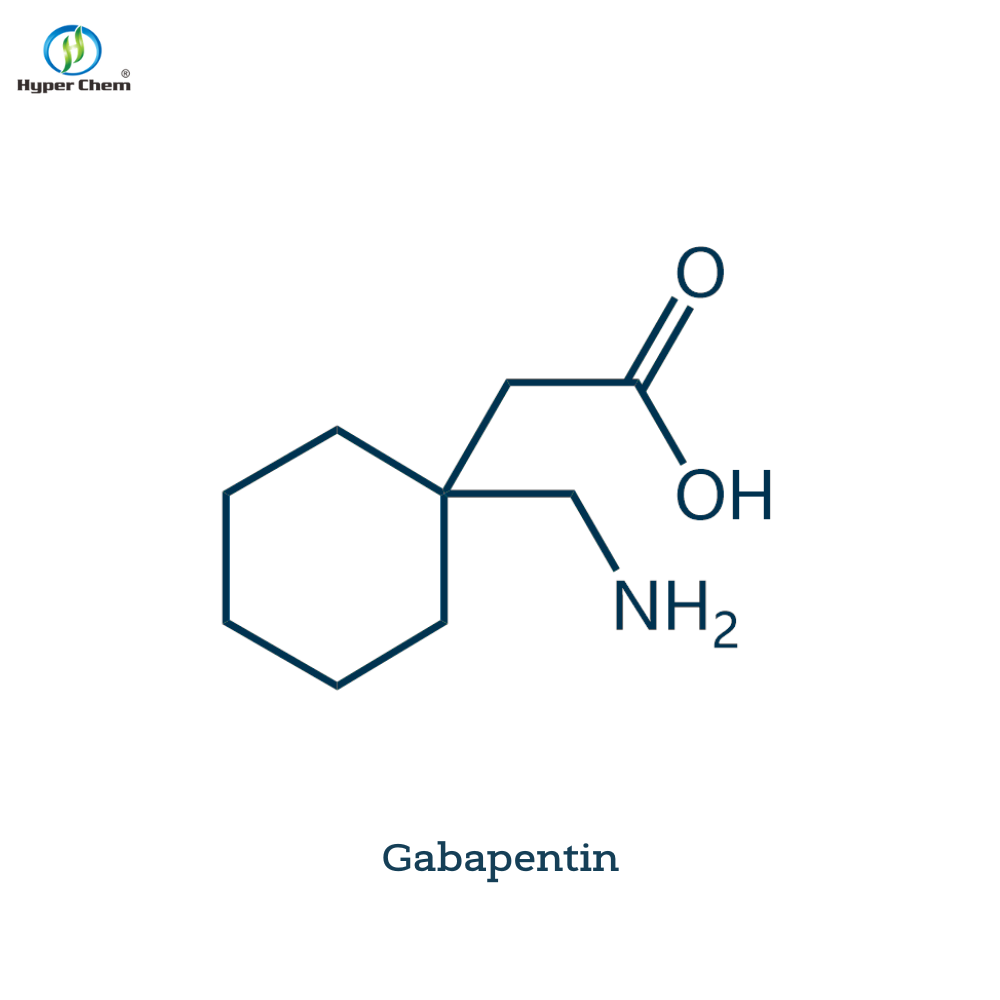Cell stem cell: a new insight into the pathogenesis of Parkinson's disease
-
Last Update: 2019-11-12
-
Source: Internet
-
Author: User
Search more information of high quality chemicals, good prices and reliable suppliers, visit
www.echemi.com
November 13, 2019 / Biovalley BIOON / -- in neurodegenerative diseases such as Parkinson's disease, the death of specific neurons can cause movement problems and other symptoms in patients For a long time, scientists have been trying to find out the cause of the death of these neurons Recently, researchers from Rockefeller University found that affected neurons in Parkinson's disease are actually in a state of "shutting down" rather than "complete death" The team found that the chemicals released by these undead neurons also turn off their healthy neighbors, leading to stuttering and motor pauses in Parkinson's patients (image source: www Pixabay Com) the findings, published in the October issue of cell stem cell, suggest that blocking the cell inactivation process by designing drugs may help prevent disease or slow its development As a part of the normal process of "cell aging", when cells realize that they have DNA damage in the process of division, they may "turn off activity" but not die This helps prevent uncontrolled growth of damaged cells and causes problems such as cancer However, this process is very rare in the nerve cells of the brain Unlike other cells in the body, neurons stop dividing once they are fully formed However, the researchers found that dopamine neurons can also "age without dying" by producing dopamine signals Further, the researchers set out to study the exact function of the Parkinson's chain protein SATB1 in dopamine neurons, which had previously been found to have decreased activity in neurons of Parkinson's patients Greengard's lab worked with researchers at Memorial Sloan Kettering to target human stem cells into dopamine neurons And targeting silenced the SATB1 gene The team found that neurons lacking SATB1 released chemicals that inflamed surrounding neurons and eventually "aged." They also showed other abnormal features, including mitochondrial damage and nuclear enlargement On the contrary, none of the above phenomena appeared in dopamine neurons with complete SATB1 In addition, the authors also found that this particular phenotype is only present in dopaminergic neurons The team then looked at a series of events that reduced these effects after SATB1 They found that SATB1 generally inhibited p21 gene activity Because p21 is a known protein that promotes aging So SATB1 seems to protect dopamine neurons from aging When the researchers suppressed SATB1 levels in the mouse midbrain, they found the same signs of neuronal aging, including mitochondrial damage and high levels of p21 expression In addition, the brain tissue of patients with Parkinson's disease also showed the increase of p21, which further confirmed the laboratory results The work from zombies to drugs may explain the mystery of Parkinson's disease: why dopamine levels in the brain drop rapidly before they actually die "Although they can still survive for some time, their neuron function will be greatly reduced or completely lost," said riessland, the author of the paper People call these aging cells "zombie" cells Chemicals secreted by aging cells can cause local inflammation Riessland said the phenomenon explains why some signs of inflammation are seen in Parkinson's cases " Riessland believes the work opens up new avenues for the treatment of Parkinson's disease At present, there are several drugs that can remove aging cells, including a drug called sensolytics, which researchers believe may also help people with Parkinson's disease Another possible approach is to develop new drugs specifically for SATB1 or p21 Sources of information: the pathway to Parkinson's takes a securing twist original sources: Markus riessland, Benjamin kolisnyk, Tae Wan Kim, Jia Cheng, Jason Ni, Jordan A Pearson, Emily J Park, Kevin dam, devrim acehan, Lavoisier S Ramos Espiritu, Wei Wang, Jack Zhang, Jae won shim, Gabriele ciceri, Lars Britta, Lorenz student, Paul Greengard Loss of SATB1 Induces p21-Dependent Cellular Senescence in Post-mitotic Dopaminergic Neurons Cell Stem Cell , 2019; 25 (4): 514 DOI: 10.1016/j.stem.2019.08.013
This article is an English version of an article which is originally in the Chinese language on echemi.com and is provided for information purposes only.
This website makes no representation or warranty of any kind, either expressed or implied, as to the accuracy, completeness ownership or reliability of
the article or any translations thereof. If you have any concerns or complaints relating to the article, please send an email, providing a detailed
description of the concern or complaint, to
service@echemi.com. A staff member will contact you within 5 working days. Once verified, infringing content
will be removed immediately.







